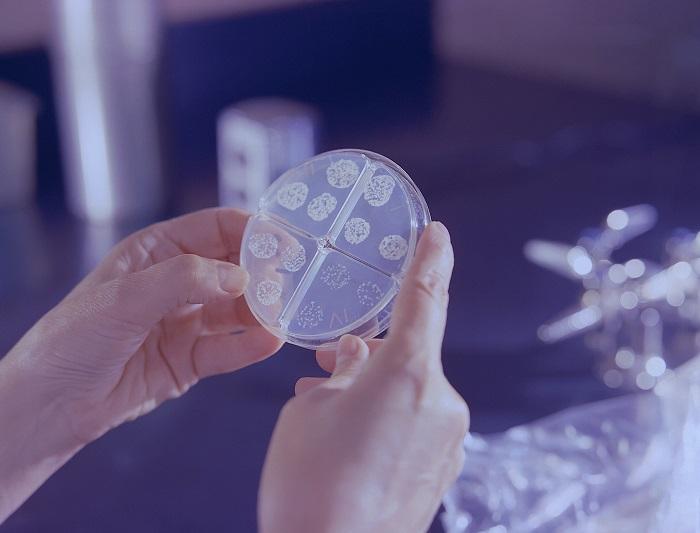
Drosophila Gene Editing: A Powerful Tool for Functional Genomics and Disease Modeling
Fruit flies, also known as Drosophila melanogaster, are beneficial for studying genetics and development. Their genome is well-documented, making it easy to manipulate and breed. Scientists can now study Drosophila genes more effectively with the new CRISPR-Cas9 gene editing technology.
DNA alterations can be done accurately and specifically by using the CRISPR-Cas9 system. The Cas9 enzyme targets a specific part of the genome through a guide RNA (gRNA). Afterward, the Cas9 enzyme breaks the DNA, which then prompts the cell's own DNA repair system to fix it. This process may also lead to modifications, nucleotide insertions, or deletions in the DNA sequence.
CRISPR-Cas9 has been used to edit Drosophila genes in a variety of ways, including:
Creating knockouts: Disrupt the coding regions of Drosophila genes to produce knockouts that can be used to model human diseases and study gene function.
Creating knock-ins: Create knock-ins of Drosophila genes, which involves inserting a new DNA sequence into the genome. This can be used to introduce fluorescent tags into genes, or to express genes under the control of different promoters.
Correcting gene mutations: Correct gene mutations in Drosophila. This has the potential to be used to develop new treatments for human genetic diseases.
Genes that affect growth, disease, and behavior were studied using CRISPR-Cas9 on multiple Drosophila genes. The same technology was also used to model various human diseases, including cancer, neurodegenerative disorders, and infectious diseases.
Advantages of Drosophila Gene Editing
Genetic tractability: Drosophila has a well-annotated genome and a large collection of genetic tools available. This makes it easy to generate and identify flies with specific gene edits.
Short life cycle: Drosophila has a short life cycle, which allows scientists to quickly generate and study multiple generations of flies.
Low cost: Drosophila is a relatively inexpensive organism to maintain and breed. This makes it a cost-effective choice for gene editing experiments.
Challenges of Drosophila Gene Editing
Off-target effects: Off-target effects, also known as unintended changes in the genome, can occasionally result from CRISPR-Cas9 gene editing. It is important to be aware of this when working with Drosophila because the fly genome is compact and jam-packed with genes. This is a concern for all gene editing technologies.
Mosaicism: The resulting Drosophila CRISPR-Cas9 mosaic flies are made up of a mix of cells that have undergone the desired gene edit and those that do not. Interpreting the outcomes of experiments may become challenging as a result.
Conclusion
Drosophila gene editing is changing how scientists study these genes, providing new insights into human diseases and leading to new treatments. But there are challenges, like off-target effects and mosaicism, that must be considered.
About the author
Lifeasible has rich experience in insect gene editing research. Our expert team can provide customized services according to the different needs of customers.
Lifeasible provides drosophila crispr service and enables a variety of precise edits to the Drosophila genome using gene-editing technologies such as CRISPR/Cas9, TALEN, and ZFN.
Read More
Path of Exile’s new expansion hits the highest number of concurrent players
Grinding Gear Games recently released an expansion pack for Path Of Exile, which resulted in the...
Cristiano Ronaldo je k nezastavení!
Z počátku to vypadalo na nejhorší sezónu, ale nyní si už...
Crude HGH Complements - Should I Have used them?
Human being lump hormone (commonly termed as HGH) would be the for the most part central...
Want to Know More About Small Business Ideas?
Being a virtual assistant can allow you to network with important people which might end up being...
Put up Muscle - How to Build Muscles Stack All Over
At the moment I would like to talk about essentially the most successful, muscle tissue physique...
